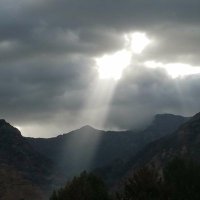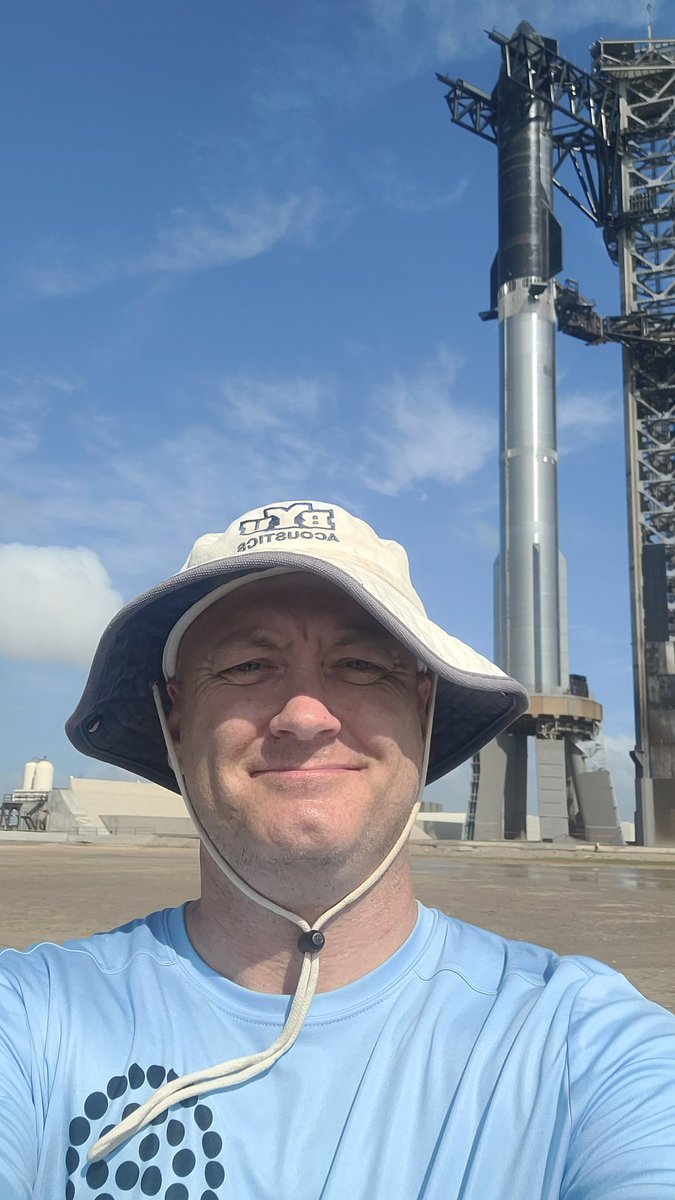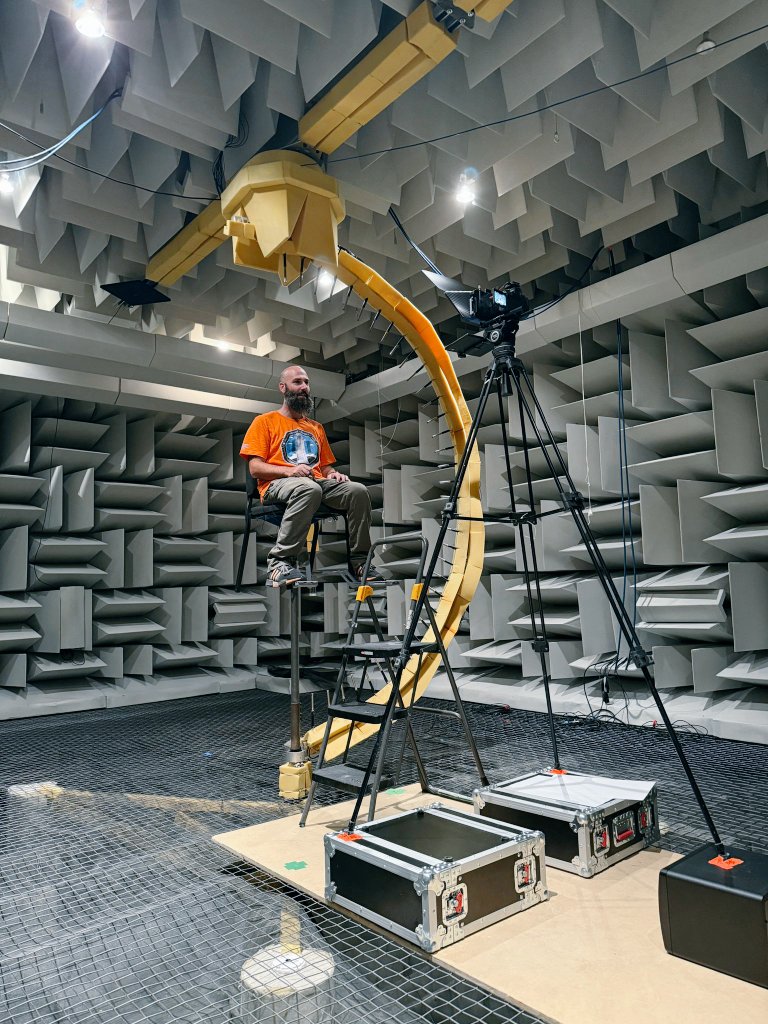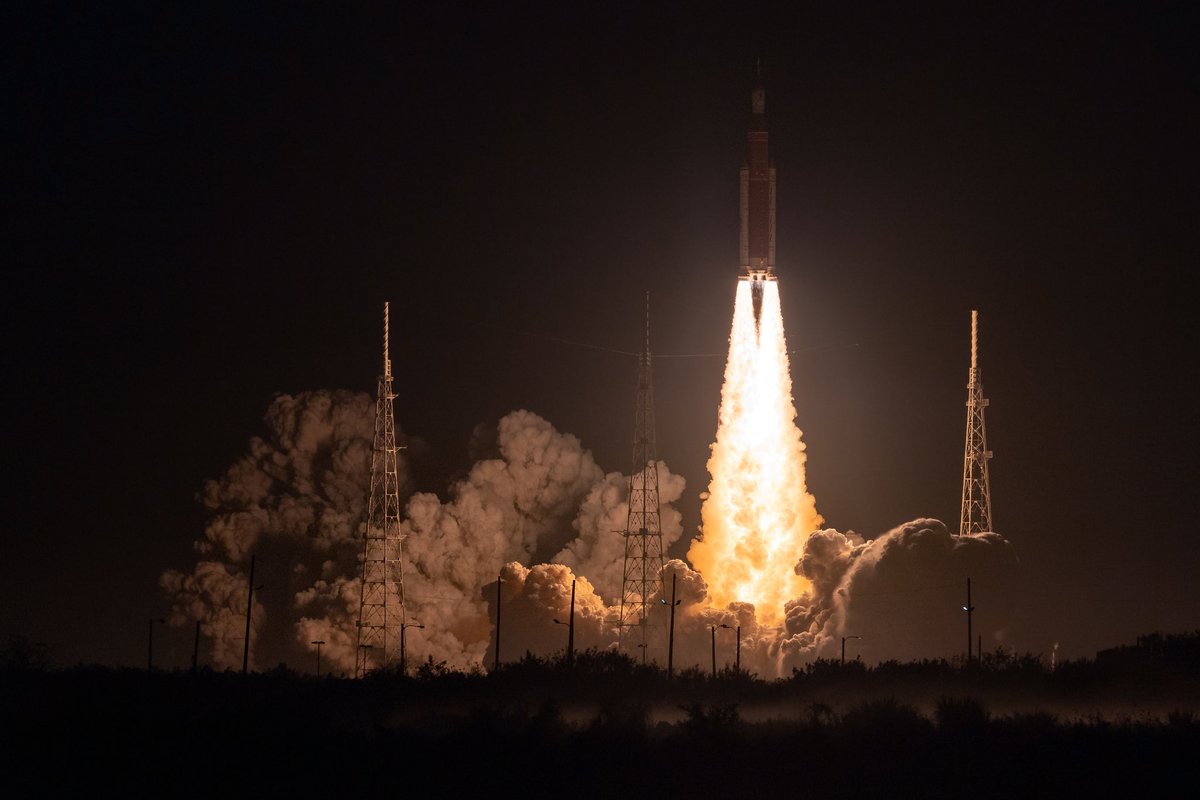
BYU PASCAL
@byu_pascal
Twitter account for the @BYU Physics and Aerospace Student-Centered Acoustics Laboratory, advised by @KentLGee and housed in @BYUPhysAstro.
ID: 1500130007590400013
https://physics.byu.edu/faculty/gee/publications 05-03-2022 15:24:40
489 Tweet
126 Followers
114 Following

Wanna hear about the acoustics of the largest rocket ever built? I'm about to be interviewed live on NSF - NASASpaceflight.com...






Apparently 60k viewers trying to download our Starship acoustics paper from the link on the NSF - NASASpaceflight.com livestream yesterday was too much for the platform. Whoops! 😂 Not to worry. You can read it here: doi.org/10.1121/10.003…

Well... that was a crazy trip. Our Flight 5 paper dropped, met so many people, got interviewed by NSF - NASASpaceflight.com and multiple other media outlets...all while trying to conduct measurements with our BYU PASCAL team. Success...


You may have read our Starship acoustics article by now. If not, please read & share: doi.org/10.1121/10.003… (Tag me & I'll repost.) BYU PASCAL does a lot more. Gotta focus on teaching & admin today, but reply if you'd like a 🧵on our other rocket acoustics studies.

BYU PASCAL has been developing hardware and analysis techniques in support of NASA's #Quesst. Here is Mark Anderson's paper on reducing impact of contaminating noise on sonic boom metrics: doi.org/10.1121/10.002…

Got questions about Starship's noise? Check out this JASA Express Letters article and ask... Some have probably been answered in the NSF - NASASpaceflight.com Flame Trench interview: youtube.com/live/Vuxjvb-8V… or the Flight 6 livestream, but ask anyway!

Aaron is a PASCAL alumnus. Nicely done, Aaron Vaughn!




Proud of our team for this cool analysis of the most powerful rocket flown. In terms of acoustic energy, 1 Starship = 2.2 ARCHIVED: NASA_SLS 1 Starship = 11 Falcon 9s

Will be taking BYU PASCAL students to measure the noise. Most powerful single rocket ever built.

You guys! Jack Beyer from NSF - NASASpaceflight.com is in the BYU anechoic chamber recording his weekly Starbase update. Be sure to watch the video when it drops on Monday!






